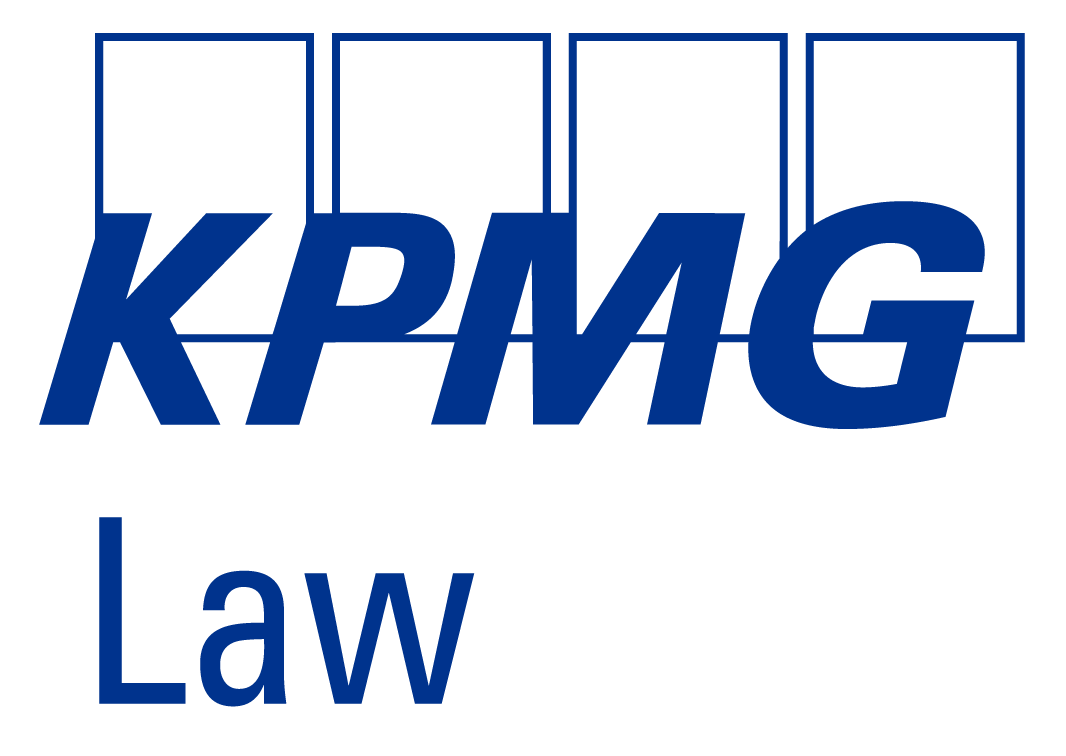

The modernization of the Belgian law on CCTV (Closed Circuit TV)

The law of 21 March 2018[1] modernized the statutes of 21 March 2007 on CCTV.
With this new law, the legislator wanted to ensure that the legislation on CCTV stayed up to date with modern technological applications. This article discusses the changes resulting from the law, which entered into force on the same date as the General Data Protection Regulation (‘GDPR’): 25 May 2018.
What has changed?
As technology changes quickly, lawmakers decided to opt for a neutral approach concerning the use of all cameras. As a result of this approach, no new amendments will be required every time a new type of camera is introduced.
Additionally, new rules regarding the use of mobile and so called “smart” cameras were added, for example, those with facial or number plate recognition. In light of privacy considerations, the use of such cameras is restricted by obligating full compliance with privacy legislation (including the GDPR).
The new law also changes the procedure for the installation of a CCTV camera. As of 25 May 2018, the declaration of the installation (and use) of CCTV cameras must be done electronically via a new online platform. The declaration has to be validated on a yearly basis and updated if necessary. Additionally, a pictogram has to be placed to inform third parties of the CCTV camera.
Furthermore, the person or legal entity responsible for determining the purposes and means of the processing of the personal data (the so called “data controller”) has to keep a register with detailed information, for example, the period within which the data will be retained. The register is compulsory; a direct result of the GDPR.
The most striking novelty is the transfer of the rules for police use of cameras to another already existing law governing police duties (Wet van 5 augustus 1992 op het Politieambt, BS 22 december 1992). The police forces therefore no longer need to rely on the law of 21 March 2007, which was not sufficiently tailored to their specific needs.
Furthermore, State Security (VSSE in Dutch) and the Belgian General Intelligence and Security Service (ADIV in Dutch) can gain direct access to images, information and personal data collected by police forces, under certain conditions. This means they no longer have to request access for real-time viewing, nor will the police monitor such viewing.
Finally, the penalties for violating the Belgian CCTV law were raised significantly. Previously, there was a substantial difference in penalties between breaching regulations on privacy and breaching the Belgian CCTV law. This difference was unjustified because certain cases of illegal use of CCTV had a worse impact on someone’s privacy than some breaches of the privacy legislation. The revision offers a correct solution for this discrepancy.
Conclusion
The modernization, made in the spirit of recent technological advances, was very much needed and anticipated. The amendment also ensured that the (outdated) CCTV law is now in accordance with the GDPR. The future will show if the law is indeed prepared for new technology, as was the intention of lawmakers, or if new changes will be necessary at one point in time.
[1] Wet tot wijziging van de wet op het politieambt om het gebruik van camera's door de politiediensten te regelen, en tot wijziging van de wet van 21 maart 2007 tot regeling van de plaatsing en het gebruik van bewakingscamera's, van de wet van 30 november 1998 houdende regeling van de inlichtingen- en veiligheidsdiensten en van de wet van 2 oktober 2017 tot regeling van de private en bijzondere veiligheid, Belgisch Staatsblad van 16 april 2018.

